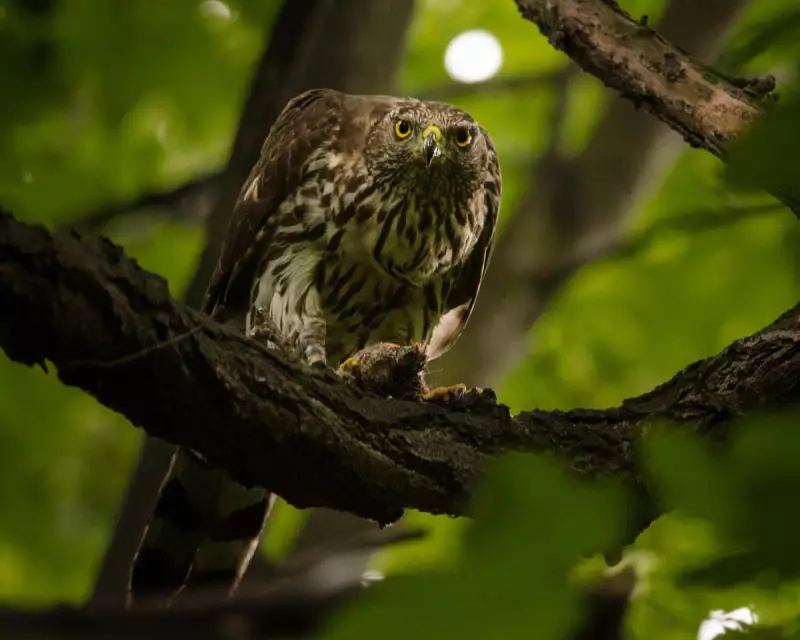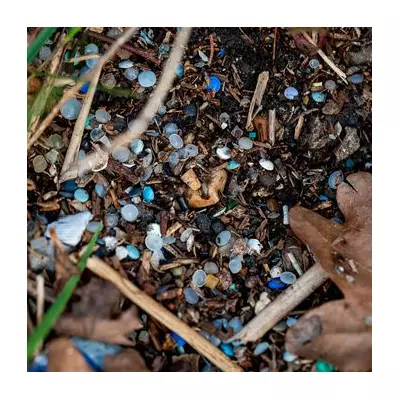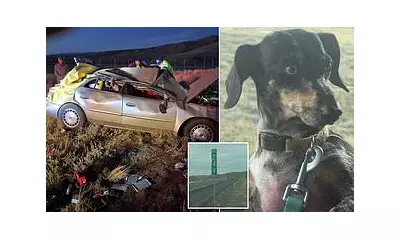
In a remarkable conservation success story that could transform Britain's urban landscapes, wildlife experts are looking to Berlin as the surprising blueprint for reintroducing majestic goshawks to UK cities.
The Berlin Breakthrough
While many cities struggle to maintain biodiversity, Berlin has achieved what once seemed impossible: creating a thriving urban population of goshawks, one of Britain's most elusive birds of prey. These powerful hunters, known for their astonishing agility and striking appearance, have adapted remarkably well to the German capital's green spaces.
"It proves this can be done," says Dr. Mark Thomas, a leading raptor expert. "Berlin shows us that with the right approach, even large predators can coexist with urban populations. This isn't just about conservation—it's about reimagining what our cities can be."
The Science Behind Urban Adaptation
Research reveals that Berlin's goshawks have demonstrated extraordinary behavioural flexibility:
- Nesting in city parks and even church spires
- Hunting pigeons and other urban wildlife
- Successfully raising chicks within metres of human activity
- Utilising green corridors throughout the city
Bringing the Blueprint to Britain
Conservationists believe UK cities like London, Birmingham and Manchester could replicate Berlin's success by implementing several key strategies:
- Creating protected nesting zones in large urban parks
- Developing wildlife corridors connecting green spaces
- Reducing pesticide use to support prey populations
- Engaging local communities in monitoring and protection
A Vision for Urban Rewilding
This initiative represents more than just bird conservation—it's part of a broader movement toward urban rewilding that could see British cities become richer, more diverse ecosystems. The presence of top predators like goshawks indicates a healthy, balanced urban environment that benefits all species, including humans.
As one conservationist noted: "Seeing a goshawk soar between skyscrapers isn't just spectacular—it's a sign we're getting something right in how we design our cities."





